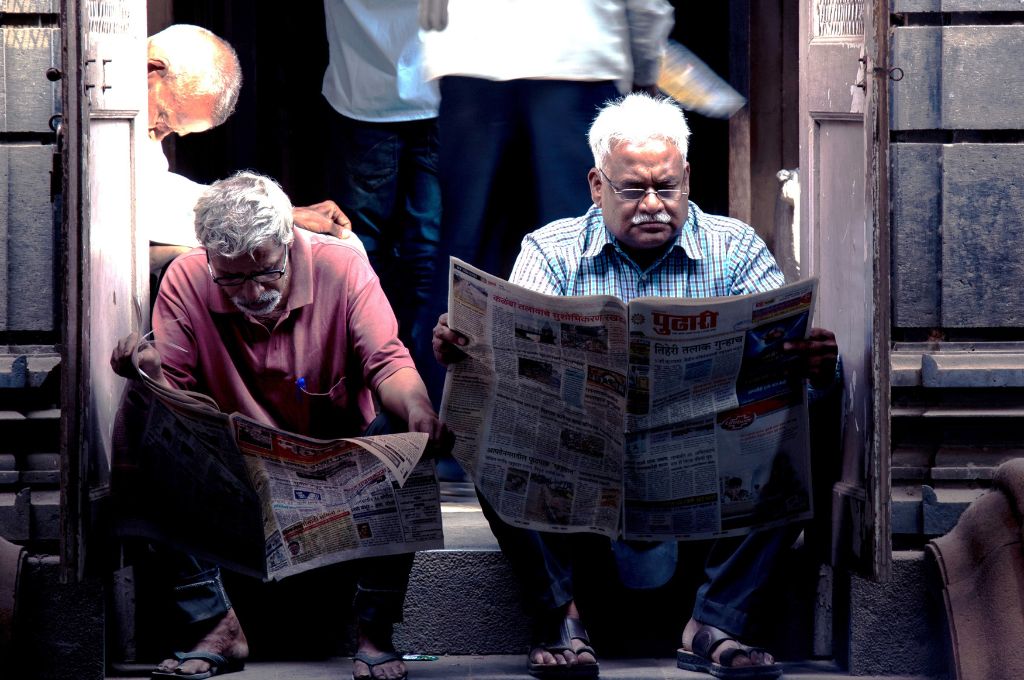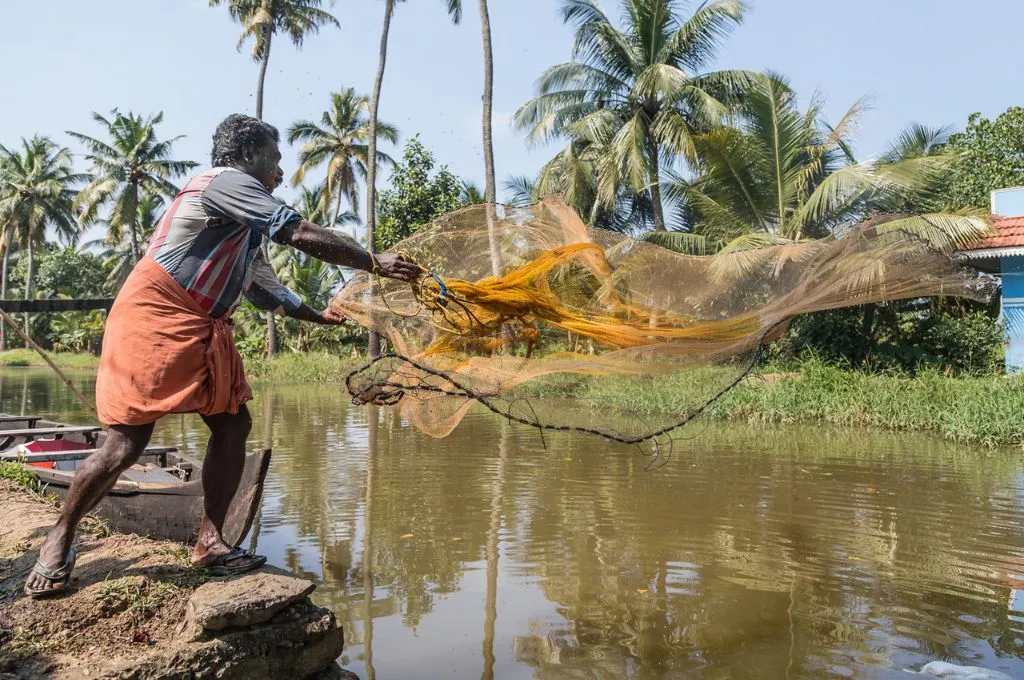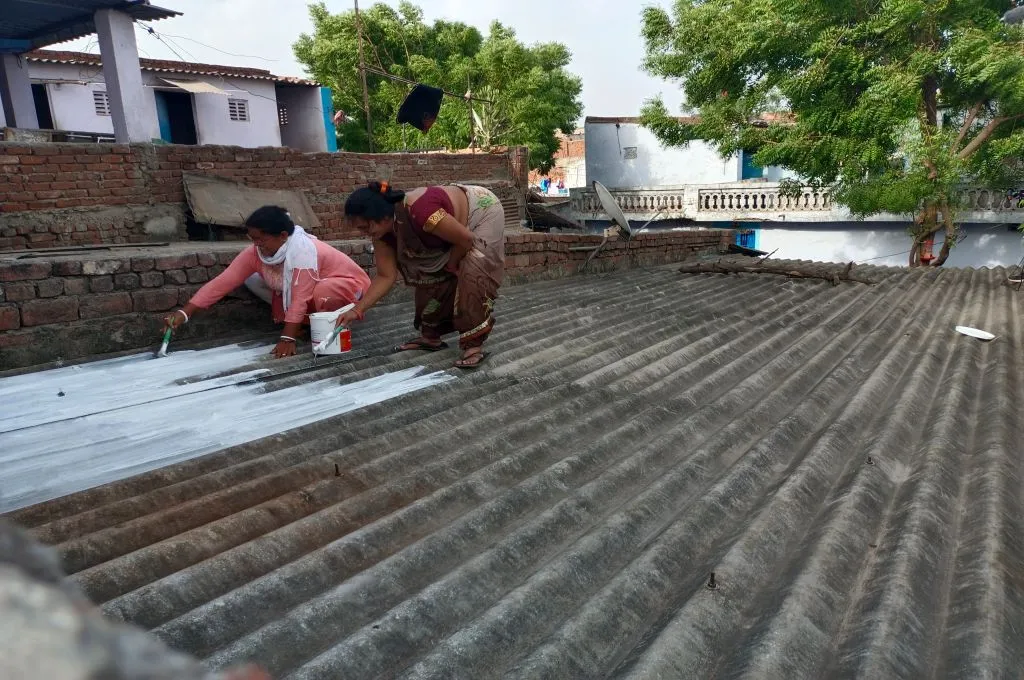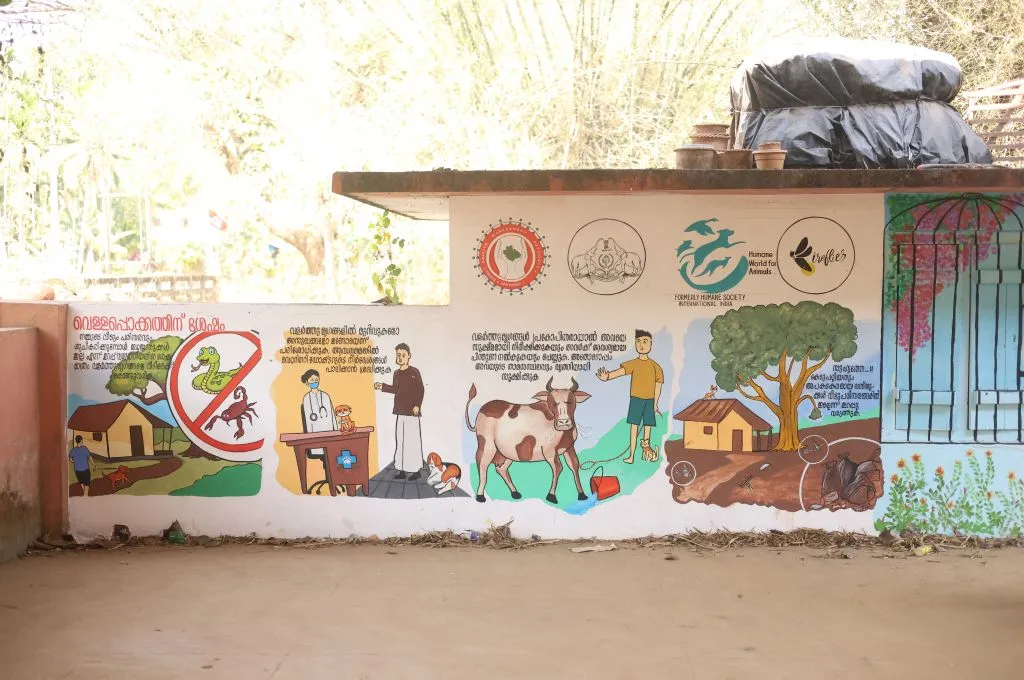The climate emergency discussion is slowly gaining momentum and occupying space in newsrooms. However, headlines still seem to centre largely on a doom-and-gloom scenario, and the language tends to get too technical to comprehend. There is very little conversation about how the crisis is impacting everyone on a day-to-day basis and how individual climate action has an integral role to play.
On our podcast ‘On the Contrary by IDR’, we chatted with Navroz Dubash, policy adviser and professor at the Centre for Policy Research, and Sahana Ghosh, science journalist at Mongabay India. We explored how the crisis is being communicated today, what people are taking away from this communication, and what needs to change—within media houses and outside—to enable climate action.
Below is an edited transcript that provides an overview of the guests’ perspectives on the show.
Media houses need to prioritise climate change reportage
Sahana: I think there is a need for more narratives in the vernacular and regional media. And I understand that they do have a problem with the vocabulary of climate change. How do you translate this complex terminology? How do you interpret certain terms that we use while describing climate change? I think there’s definitely a gap there, and that’s a challenge.

One of the ways is to have capacity building of regional and local mediapersons, because they are the ones who are doing the work on the field. Training them and also getting trainers to really understand what their needs are is critical to having more effective communication on climate change in the vernacular. For example, how do you communicate the climate change discourse with respect to the Assam floods? Or how do you talk about attribution analysis, for example, in the case of events like this, in the vernacular media?
There is an opportunity for us to really dive deep into it, get experts on board, and develop the climate change vocabulary for local mediapersons and regional media houses. The question is, how do you cover climate change consistently? How do you cover climate change from the lens of finance, from the lens of livelihoods, from the lens of science, from the lens of human rights, from the lens of wildlife, from the lens of landscapes?
So it’s important that the people who head these climate reporting desks do not work in silos. Instead, they must work with other partners in the newsrooms, because that helps one really understand the interfaces between somebody who’s writing on finance, writing on business, and what their connection is with the climate beat. So these reporters can work with reporters who are working in other, different fields.
Present-day communication needs to be more relatable to enable climate action
Navroz: Increasingly, we’re talking about the climate emergency or climate crisis with these kind of apocalyptic overtones of an existential crisis. Yes, it’s an emergency. Yes, we have to act urgently. But we have to complement that with language that helps people relate climate change to their lived experience. So, when it comes to adaptation, and when it comes to impacts, it is important to talk about things such as attribution that Sahana talked about, which tries to statistically connect how much a particular event is tied to climate change. But I think it’s also important to relate that to everyday experience.

There’s a lot of debate going on in India these days around agriculture and farmers. How do we tie the increased likelihood and increased frequency of heatwaves to productivity for outdoor labour activities such as farming or labour of various sorts?… How do we link back the growing challenges that cities face during monsoon to the greater intensity of rainfall that we’re seeing due to climate change?

And the link is in some ways even harder to form on the mitigation side because mitigation, or rather the limitation, of emissions is often tied up with questions around North–South equity and who needs to be held responsible. But actually, there’s a number of things that India can and should be doing that are in our own interest, which will also help limit emissions. These are the kinds of narratives that I think we need to be building out. So a lot of the day-to-day policy decisions we engage with need to be thought through with climate implications. And we’re often not making those linkages very clear.
Sahana: …And [to] what Navroz said, I’m just going to add that the lived realities and experiences of people do matter in these larger and very tricky narratives. Bringing those realities, bringing those lived experiences out in the front, that’s what we’ve done. And that’s what the vernacular media has done a lot; they’ve done a commendable job in bringing out these local stories.
Now, the challenge is, how do you place these local stories in the global context? Why should a reader somewhere in the US or somewhere else be concerned about these stories? How do we connect global warming and the climate change narrative to local stories, so that readers and communities feel that they are not alone in this? I think it also helps generate community action or collective action, which is what awareness is also all about.
Climate change communication needs to look beyond the net-zero narrative
Navroz: Let me just put it out there that I have a really conflicted view on the net-zero narrative. Net zero is very compelling, because it has this nice term and it’s zero, right, we have to get to zero. And then they have the fudge factor of ‘net’, which basically means, well, we don’t have to get to actual zero emissions; we have to get to zero emissions once we take into account the amount of greenhouse gases we suck out of the atmosphere. If we can suck more out of the atmosphere, we don’t actually have to get to zero. It’s kind of a fudge factor.
Plus, in India, this is all by 2070. If you want to induce behavioural change today, it doesn’t really help so much to invoke a target that is 50 years out. If you want to induce behavioural change today, it’s really much more about, what kind of city do we want to build today? And tomorrow? Do we have an idea of what technologies will be like in 2070? That’s as far in the future as 1970 was in the past. So, you know, it’s not so motivating to think so far into the future.
I think the choice of narrative is really important. I prefer to say that India is growing really rapidly. We’re building the kind of country that we’ll see in 2040, 2050. We’re building that today. And we will have more or less made those decisions in the next decade. This next decade is critical.
Effective climate change communication can bolster individual climate action
Enable individuals to make informed decisions
Sahana: Ads tell you to use bamboo brushes, but the edges of these brushes have plastic. Everybody’s jumping on to the bandwagon of using eco-friendly products, but what is the life cycle of that product? There’s a lot of myths surrounding bioplastics or plastics that you should use.
What we need is nuanced reporting on this—analysing these kinds of products, taking it to the community, and letting the readers take a call on whether they are going to buy that bamboo brush or a product that again has a plastic tip, or whether they are going to think about how that bamboo has been sourced. If they can go back and really understand and make sense of it, I think we also take care of addressing misinformation.
When people read the news, or see visuals of, say, floods, they do feel the despair, but maybe the small actions that they take makes them feel more in control. However, what are these actions—are these the right actions that are being taken? So I think that nuanced reporting, with the help of experts, is where people like Navroz can come in and say, “Hey, this is a myth and this is the fact.” So myth-busting also helps a lot in terms of enabling community action.
Create more pathways for climate conversation and action
Sahana: With urban flooding, we’ve seen an increased engagement of civic reporters. They are assigned to the city beat and they have been connecting climate change to what’s been happening in the cities; they’ve been asking for more capacity building, reaching out to more stakeholders to understand why this is happening.
Within the media, too, there has been a behaviour change. And this reflects in the reporting, which in turn helps in behaviour change. For example, in the case of urban flooding, if people are reading about it from the lens of civic responsibilities, or from the lens of civic action—what the municipality could have done better, or what they already did better but still failed, and what needs to be done in a more enhanced way–then they’re reading about this because a reporter has also integrated climate change into their civic beat reporting. It enables people to understand that criticising or ranting on Twitter probably isn’t enough; it might be better to speak to your local councillors, and maybe band together and see what exactly can be done; have a dialogue and discussion with the proper context—that, look, our locality gets flooded every year and with the projections that extreme weather events are going to be more intense, can we do something about it?
I’ve seen this happen with reporters, who have said my city beat has so many stories, and specifically climate change stories. And more and more people are gaining awareness and this is why you’re also seeing a lot of protests, for example, against cutting of trees in cities like Guwahati, where schoolchildren are coming out. We’ve also had Fridays for Future gaining momentum and pushing all of this ahead.
And I think this makes the local governance take notice and think that we cannot be doing what we were doing; we cannot just maintain the status quo. They also know that people are starting to notice. And they can vote us out. It’s our turn now to really push and to really make changes in terms of policies.
However, effective communication must go hand in hand with the right infrastructure
Navroz: Indeed, I think individuals can make a difference. But they can make more of a difference acting in different ways. And when there’s supportive conditions, in a sense. For an individual who chooses, for example, not to use their car to go to work, or to go shopping or whatever else it might be, it becomes more feasible for that individual if there’s a good public bus system.
And we have to recognise that climate and the environmental conditions for life, that’s really what’s at stake. So, yes, the individual acting as a consumer has a role to play. But that role is enhanced if the infrastructure is in place, if the knowledge is available about how to make sensible choices, and there isn’t misinformation, and if the incentives are in place—so if the government says, we are going to make it less and less attractive to use a private car, and more and more attractive to use a bus. In some countries, for example, people are subsidised for parking fees; we shouldn’t subsidise parking fees, we should subsidise public transport.
So the individual is empowered by knowledge, the right infrastructure, and the right incentives. We all have a role as consumers, hopefully backed by all these things. But then the other role that we all play is as citizens. So we have to be willing to say, we’re not going to vote against the government that makes it more costly to drive. We’re actually going to vote in favour of a government that makes it more costly to drive and takes that money and makes better-quality air-conditioned buses, makes those buses travel more frequently, and makes them safer. We’re actually going to vote as citizens in favour of those things…
We all have to be engaged, but in ways that are nuanced, both in terms of our individual choices and in terms of what we support at the polls. And we can also be engaged in our role as members of a community, trying to make sure that waste collection and burning happens in a responsible way in our communities. I think being individually empowered is crucial but we should not forget that we are part of a collective, or multiple collectives, in our colonies and our communities, in our cities and in our nations.
Listen to the full episode here.
—
Know more
- Read this article to understand the important role climate change communication plays in climate action.
- Read this article to learn why misinformation is harmful to the climate movement.
- Read this article to learn more about state-level climate action in India.




